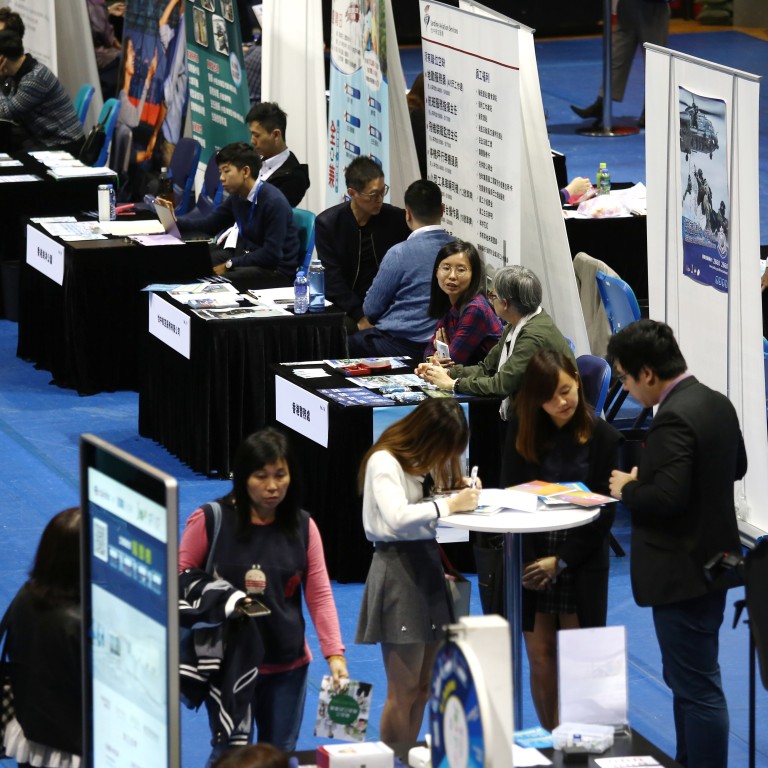
Shenzhen to use US$21 million fund to attract Hong Kong and Macau graduates
- Commitment from the Shenzhen Qianhai Shekou Free Trade Zone is part of effort to develop China’s Greater Bay Area into a regional economic bloc
- Last week, amid the ongoing anti-government protests across the border in Hong Kong, Beijing also announced plans to specifically develop Shenzhen as a model city
Graduates from neighbouring Hong Kong and Macau are being attracted to Shenzhen’s Qianhai special economic zone by a 150 million yuan (US$20.9 million) fund providing rent and transport subsidies, according to mainland Chinese media reports.
News of the fund, which will also provide support for innovation projects and entrepreneurs, came just over a week after Beijing revealed plans to develop Shenzhen as a model city and also amid the ongoing anti-government protests across the border in Hong Kong.
The fund is a commitment by the Qianhai special economic zone aimed at strengthening the integration and cooperation between Shenzhen and Hong Kong, the reports on Tuesday said, citing comments from Tian Fu, a member of the standing committee of the Shenzhen Municipal Committee and director of the management committee of the Shenzhen Qianhai Shekou Free Trade Zone.
In May, Beijing said that to develop the Greater Bay Area, high-end talent from Hong Kong and Macau choosing to work in mainland China would be given tax breaks in a bid to boost innovation and entrepreneurship among young people in the region.
Qianhai authorities, have in turn, laid out 36 initiatives to encourage entrepreneurs to start their own businesses in the 15 sq km Qianhai free-trade zone on the west coast of Shenzhen.
Under the scheme, graduates from Hong Kong and Macau would qualify for a one-off subsidy ranging from 20,000 yuan (US$2,800) to 50,000 yuan (US$7,000) after working full-time for a year having earlier secured a minimum two-year contract with an employer in Qianhai.
In addition, graduates from Hong Kong and Macau aged 18 to 45 can also apply for grants to fund innovation projects.
Beijing’s detailed plan unveiled last week for Shenzhen included wide-ranging reforms to be implemented in the legal, financial, medical and social sectors. But it also raised questions in some quarters on whether Beijing will downgrade Hong Kong’s place in the Greater Bay Area plan amid the ongoing political and social unrest that has continued for 12 weeks in the city.
For the first time, Hong Kong people may not have to pay full mainland income tax
Dennis Lam, an analyst at DBS Bank, who has looked into different industries within the bay area plan, believes that while the current unrest in Hong Kong may hurt sentiments to expand in a “radical scenario”, any intention to withdraw investments completely would be minimal.
“For the first time, Hong Kong people may not have to pay full mainland income tax, ” said Lam, suggesting that Beijing’s plan to offer tax breaks remains a strong incentive for companies to relocate staff from Hong Kong to mainland China.

